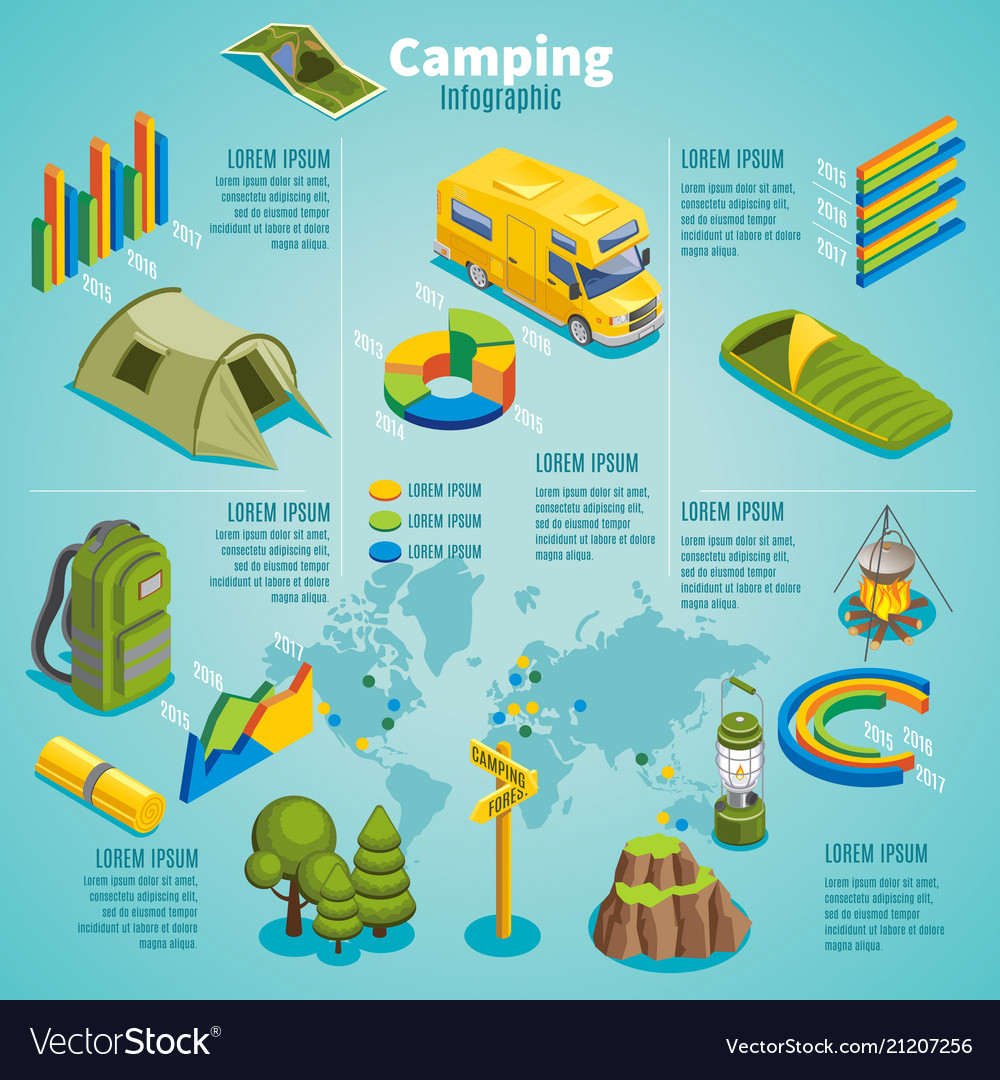The Ultimate Guide To Successful Camping Tents Product Sales
The Ultimate Guide To Successful Camping Tents Product Sales
Blog Article
Does Your Backpacking Camping Tent Required an Impact?
An impact is expensive and adds extra weight to your knapsack. It also isn't particularly durable.
Can you camp in 50 mph winds?
Inevitably, whether an outdoor tents impact is essential relies on where and just how often you're camping. In general, it's a good idea to use one if you camp on abrasive surface areas or in damp conditions.
Camping Tents with Lower Deniers and Water Resistant Ratings
Tents with lower deniers and water-proof rankings have a tendency to be lighter, however they can likewise be much more delicate. They may require more frequent repairs and have much less indoor room than harder designs. If you're a laid-back backpacker who likes to travel rapid and light, this may be fine; however, more experienced hikers recognize that giving up longevity can feature huge repercussions down the trail.
The denier and waterproof ranking of an outdoor tents's cover, rainfly, and floor can help you determine its livability. Look for higher-denier textiles on the cover and rainfly, in addition to taped seams that help prevent water from permeating via stitches. Some suppliers also utilize heat and sealer throughout building to produce a stronger joint; these are called bonded seams.
The livability of a tent can also be figured out by its floor dimensions and ability. An outdoor tents's floor should be a little smaller sized than the footprint to prevent water from merging under the shelter.
Tents in Rough Surface
Several backpacking camping tents include an impact created particularly for their model, which aids make certain an appropriate fit and safeguards the tent's base from wetness and sharp objects. Various other makers offer universal impacts that can be cut or folded to match an outdoor tents's dimensions.
The type of surface you'll experience is another vital factor to consider for selecting a tent. As an example, if you'll be camping in a canyon or gully, search for a sanctuary that can take care of strong winds. These conditions develop turbulence that can make the distinction in between enjoying your camping site or experiencing discomfort.
The ability and optimal height of hiking accessories gifts an outdoor tents provide you a good concept of its livability, but added aspects to think about consist of vestibules (the area of the rainfly covering the doors) and overall storage room. For instance, throughout our winter season testing of the Marmot Tungsten, its charitable 93-by-82-inch floor conveniently dealt with 4 sweaty backpackers and their puffier shoulder period sleeping bags while still leaving ample space for gear and individuals.
Camping Tents in Wet Issues
Even if your camping tent appears completely dry, moisture prowls in the nooks and crannies. With time, it can break down the fabric. That's why it's so vital to make use of rest days to deep-clean your camping tent and its parts, such as zipper cellular linings, risk loops and flexible webbing straps.
Additionally, make sure to pitch your outdoor tents in a flat location, not a divot or concave spot, to make sure that ground water doesn't accumulate between the camping tent floor and footprint or tarpaulin. And if you're utilizing an impact, consider a custom-cut one made for your tent's layout. It will not gather rain the method a common ground cloth or tarp can.
Method establishing and taking down your outdoor tents at home before you hit the road, to get a feel for how swiftly and efficiently you can do it. Likewise, method surveying your tent in different surfaces to see just how easy it is (or isn't) to do in bad climate condition.
Tents in High-Rise Situations
Outdoors tents vary in floor dimension and livability. As an example, a big outdoor tents with dual doors and vestibules like Marmot's Tungsten can deal with 4 backpackers without calling for gymnastics to enter and out or to save gear.
The minimum route weight requirements is the very best specification to contrast models, as it includes the bare basics: tent body, rainfly and poles. Yet keep in mind that the spec omits outdoor tents stakes, person lines and things sacks.
Most backpacking tents can stand up to a light summer storm, however some can be swept away by gale-force gusts. Seek a model with strong poles, an elevated bathtub-style flooring and joint taping to decrease the possibility of water permeating through. Pricier styles additionally often tend to feature stronger materials that can withstand the influence of particles and other forces.
How do you keep a tent down in the wind?
